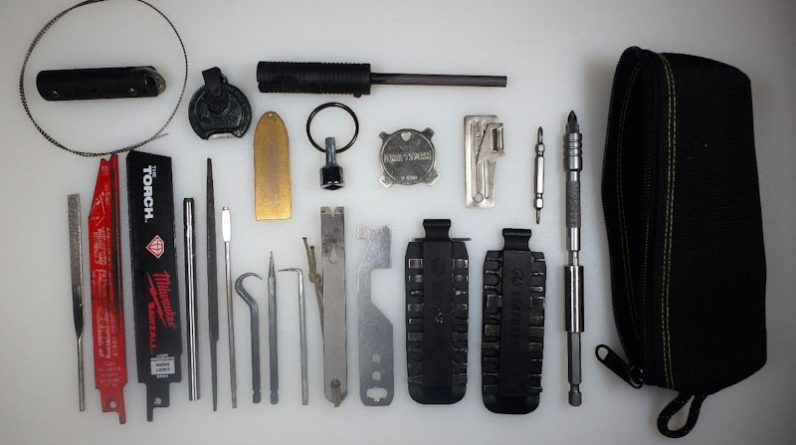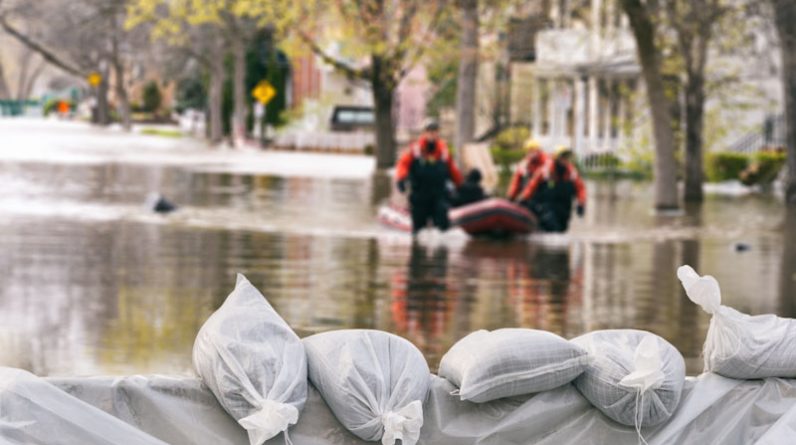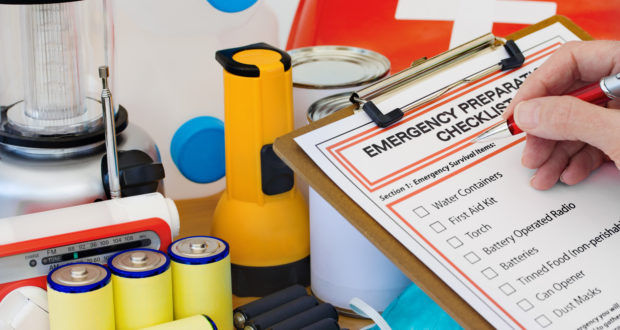There is a lot of survival training and information that has become a doctrine, and this knowledge is repeated over and over again. In fact, it is repeated so often that most folks blindly accept it as valuable and useful. One such example is the solar still, which can be found in every survival manual and every survival discussion regarding water procurement.
This was often portrayed in old army manuals as the perfect way to obtain water when you find yourself in the middle of nowhere. This technique involves the person in need digging a hole in the ground and improvising a water-catching system collected from the vegetation they put in the hole. Is this the right way to go when you need to obtain water in the wilderness? Does it work and provide you with enough water to quench your thirst? Let’s find out.
If you are familiar with my work, you should know by now that I love spending as much time as possible in nature. In fact, I would leave everything behind and move into the woods if it wasn’t for my wife and kids.
During many of my outings, I like to explore the surrounding environment to see how and what resources I can obtain, but I also like to put things to the test (gear, survival methods, information acquired from various sources, etc.).
One thing I’ve experienced firsthand when testing the solar still on various occasions was that the process of building the still, which oftentimes is done in hardened soil, causes the person to lose more water through sweating than it actually gains from the sill. When it comes to one’s hydration, this will create a water deficit in the body, and one will be better off if they do nothing at all and look for other water sources.
After testing this method over and over again, I decided to put my results on paper and let people decide if they should rely on this water procurement method when needed or not. You can draw your own concussion and see if this option is viable or choose something else that I recommend in this article.
A little bit of water science
Any prepper and survivalist knows that proper hydration is crucial in a survival scenario and they should be well hydrated each day, regardless if they are at home or in the woods. They should carry water and water filtration gear when they decide to explore the great outdoors, and they should also think about what they need to bring to collect water when needed.
Water is all around us in one form or another, and we must understand what’s happening with it and how it can be harnessed to be used when needed. This process we all learned about in school is referred to as the water cycle, and every living thing on this planet benefits from it.
Trees and plants have perfected the process of harnessing water over millennia, and they draw every bit of moisture from the soil and push that water into their leaves. The leaves have small pores that allow the captured water to be released back into the atmosphere through a process known as transpiration.
The water released from leafy plants will gather into clouds, and when the clouds are “full,” rain occurs. The rainwater is then absorbed by the soil, and the plants collect this water restarting the transpiration process. What the ground cannot catch runs off into rivers, ponds, lakes, and so on.
This Device Easily Turns Air Into Water!
The basics of a solar still
To build a solar still, you will first need to dig a hole and place a container in the middle of the hole.
Now, you will need to fill the hole around the container with vegetation. This is the main recommendation when it comes to making the solar still, but you can also add something else that contains water. For example, I’ve experimented with dirty water, but also urine, since I saw someone on YouTube doing it.
Cover the hole with a piece of plastic, and to make sure your container catches the evaporated water, place a small weight (a rock will do it) on the plastic atop the container. Gravity and the angle of the plastic will force the evaporated water to drip into your container.
This sounds simple enough, and people believe that’s pretty much all there is to it. They are somehow right since they probably didn’t test this method, and they don’t know there are quite a few variables involved in the whole process.
First of all, the soil you work with contributes to the success of the entire process, and if you have to dig into hard soil, you won’t be able to do so without using some sort of tool (most probably your knife). If you lack the tool to dig up the soil, you will not be able to complete the first step.
Second, the quality of the water might not be what you expect since you may be digging in soil that is contaminated, and some of these contaminants may end up in your water; you might be using plants that are poisonous, and so on. These factors will eventually impact the quality of the water you obtain.
Third, the environment you find yourself in also plays an important part in the success of the entire operation. You need plenty of sunlight to have more water evaporating from the vegetation, which equals more collected water. On the other hand, if there is high humidity in your area and the air is saturated, it will be difficult for the vegetation to expel water. The temperature may also work in your favor or against you, and if it’s a hot day, more water will evaporate from the environment. If it’s a cooler day, the evaporation process will be slowed.
And lastly, the amount of water you will obtain may not be enough for your hydration needs. Since these variables affect the success of your solar still, you can imagine that something missing from the equation will impact the amount of water you would obtain. In a most fortunate case, you will obtain a few ounces of water.
Since I mentioned the variables affecting your solar still, it’s equally important to mention that these variables will also affect your body. Working in those conditions to build the solar still, in most cases, will make your body lose more water than you will gather, not to mention the spent energy and calories you burn off when building the still.
It is estimated that the average person losses almost 12 ounces of water daily just by breathing. Another 12 ounces are lost when you’re just sitting, doing absolutely nothing, so the math tells us that if we find ourselves in a survival situation, we will need to replace 24 ounces of lost water even if we do nothing at all.
Now add up the effort you put into building the still and all the other work it requires, like gathering the vegetation, and your body will lose more water than it can afford. But fear not, there are better ways to handle your hydration in a survival situation.
Other option?
We all know that when it comes to obtaining food and water in the wilderness, you need to obtain more from the method you use to procure resources than you put in in terms of burned water, calories, and energy. That being said, it’s better to gather water using a method that doesn’t require too much work.
I found out that the alternative to the solar still, which uses the least amount of effort, is the transpiration bag. To use this method, you will need a clear plastic bag that you can place around green vegetation (for example, tree branches), tie it off at the opening, and wait for the water to collect into the bag as the leaves and stems expel water vapors.
To optimize this process as much as possible, always choose a clear plastic bag since the sunlight needs to reach the leaves and initiate the photosynthesis process, which creates water vapors. Make sure the area where you set the transpiration bag receives full sunlight.
Also, it’s advisable to gather as many branches as you can into bundles and put them in the bag but do not place loose leaves in the bag since they will make the water unpalatable. When picking the trees, go for the species that are known for moving good quantities of water, such as willow, water maple, or sycamore.
And since you already set up a transpiration bag, how about setting up some more? The more bags you put out, the more water you will obtain, rather effortlessly while you take care of other survival chores.
A final word
This article is meant to provide you with all the information you need to decide if you stick with the solar still to procure your water in a survival scenario or if you use other methods. In an arid climate, the solar may still be your only choice to obtain water, but even so, there is no guarantee that you will obtain enough of it to keep you alive.








